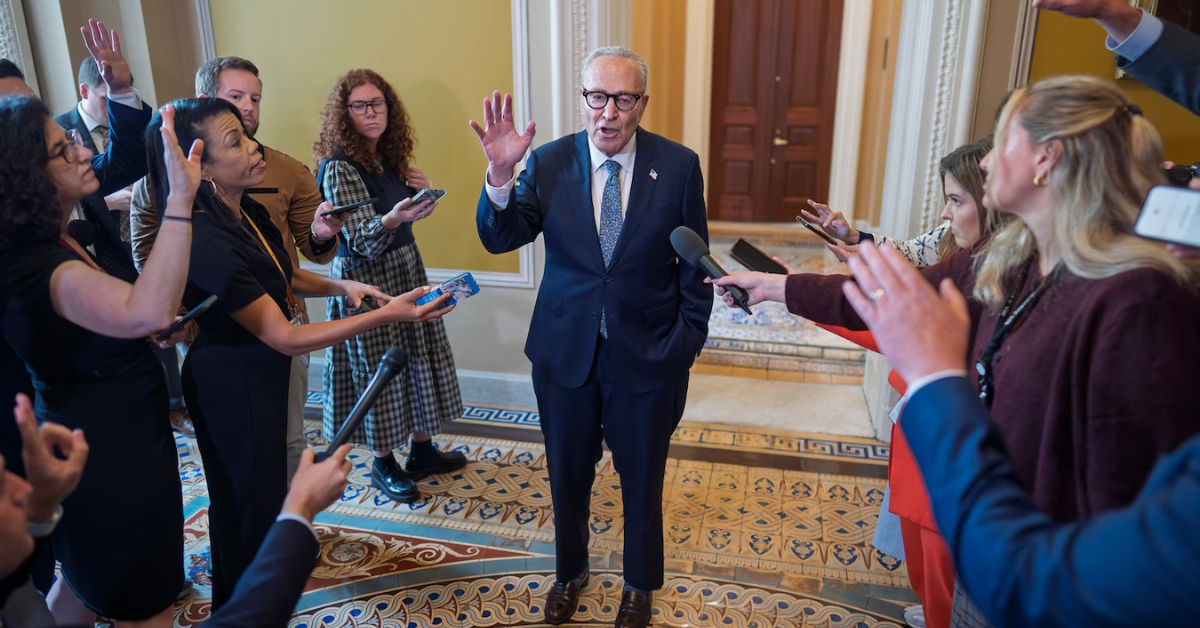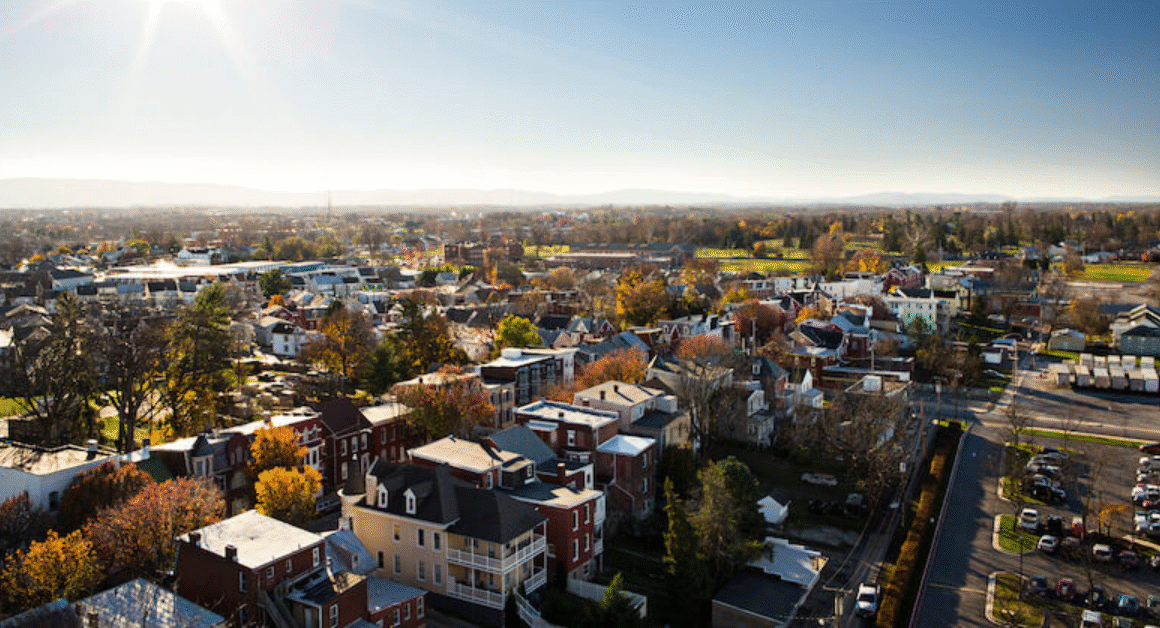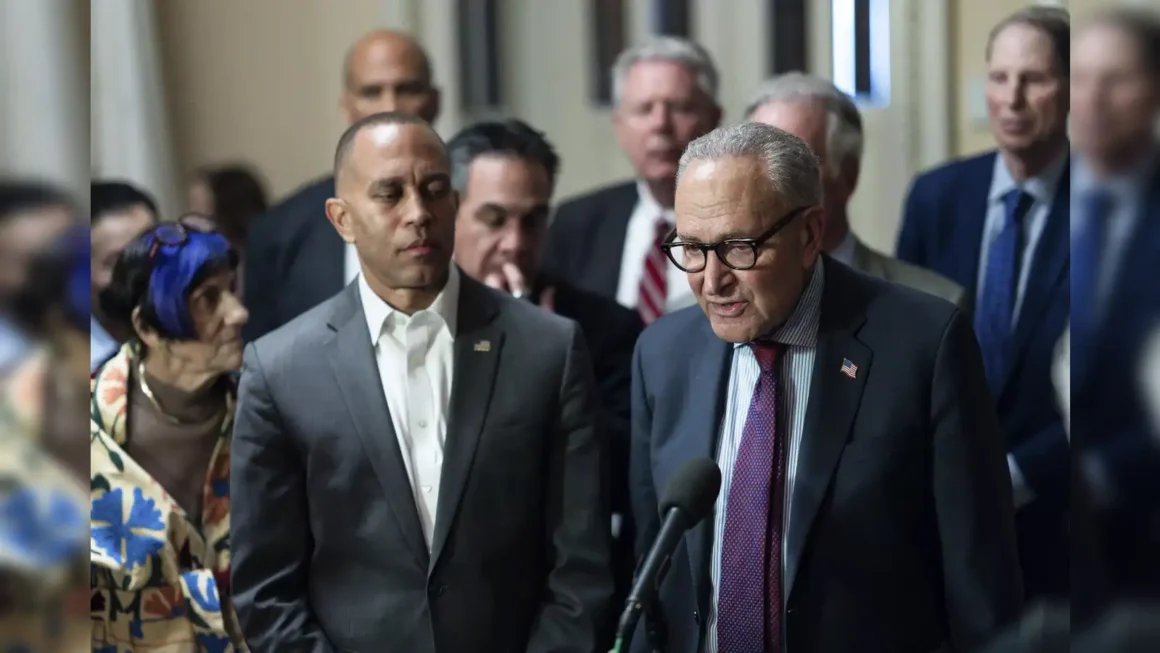The U.S. government is racing against time to avoid a shutdown, and Congressional Democrats are taking the lead by including critical health care initiatives in the upcoming stopgap funding bill. This move aims to secure essential services and support vulnerable populations while keeping the government operational.
With the deadline approaching, the integration of health care policies into the spending plan reflects the Democrats’ focus on protecting public health during uncertain times. This initiative comes amid ongoing political debates and growing concerns about Americans’ access to affordable medical care.
What Is the Stopgap Funding Bill?
A stopgap funding bill, often called a continuing resolution (CR), is a temporary measure that keeps government departments and agencies funded when the official budget has not been approved on time. It prevents a government shutdown, which would halt many public services and affect millions of people.
In this case, the stopgap bill aims to extend funding while Congress continues to negotiate the full budget. By adding health care initiatives, Democrats hope to address urgent medical and social needs alongside keeping the government functioning.
Key Health Care Initiatives Included
Democrats are pushing several important health care provisions as part of the stopgap funding. These measures include extending subsidies for health insurance to make medical care more affordable, increasing funding for COVID-19 relief programs, and supporting mental health services. These steps are designed to help individuals and families who might otherwise struggle to access care.
According to a recent report by NPR, these initiatives focus on expanding Medicaid coverage in some states and improving support for community health centers, which play a crucial role in providing care to underserved populations.
Why Are Democrats Prioritizing Health Care in the Funding Bill?
Health care remains a top concern for many Americans, especially younger citizens and low-income families who face ongoing challenges such as high medical bills and limited access to care. Democrats see this funding bill as a unique opportunity to make immediate improvements without waiting for longer budget negotiations.
Additionally, the COVID-19 pandemic highlighted gaps in the healthcare system that require urgent attention, prompting lawmakers to embed solutions into any temporary funding to avoid disruptions.
Potential Impact on the Public
If successfully passed, the stopgap funding bill with health care measures will provide continuity in essential health services and prevent coverage interruptions during the summer months. This stability is particularly important for people relying on Medicaid, insurance subsidies, or mental health programs.
Experts from Kaiser Family Foundation explain that the expansion of health care coverage under this bill could reduce the financial stress on millions of Americans and improve overall public health outcomes.
Challenges and Opposition
Despite broad support, there are challenges in passing the stopgap bill with these health care provisions. Some Republican lawmakers oppose the inclusion of expanded health care funding, arguing it could add to the national deficit or alter existing policies.
Negotiations remain tense as both parties try to find common ground before the government funding expires. The outcome will depend on how much Democrats can compromise while preserving their key health care goals.
What Happens If a Government Shutdown Occurs?
A government shutdown would mean that many federal operations stop or slow down significantly. This can affect everything from national parks to services like processing Social Security claims or public health programs. For those relying on government health initiatives, interruptions could create serious hardships.
The stopgap bill is critical in preventing this scenario, ensuring that the government continues to function smoothly while broader budget negotiations take place.
Looking Ahead: What Should Citizens Expect?
As Congress works on finalizing the stopgap funding bill, citizens should stay informed about potential changes to health care and government services. If the bill passes with the included health measures, it could bring short-term relief and improved coverage for many.
Young people and families, in particular, may benefit from expanded access to health care and support services. Staying updated through reliable news sources and official announcements will help the public understand how these changes might affect them.
Conclusion
The inclusion of health care initiatives in the stopgap funding bill shows Congressional Democrats’ commitment to protecting public health while averting a disruptive government shutdown. This effort aims to provide stability and improved medical access during a critical period.
With ongoing negotiations, the hope is that lawmakers will reach an agreement soon, ensuring both government operations and vital health services continue uninterrupted. For Americans, especially those dealing with healthcare challenges, this development offers a much-needed sigh of relief.













